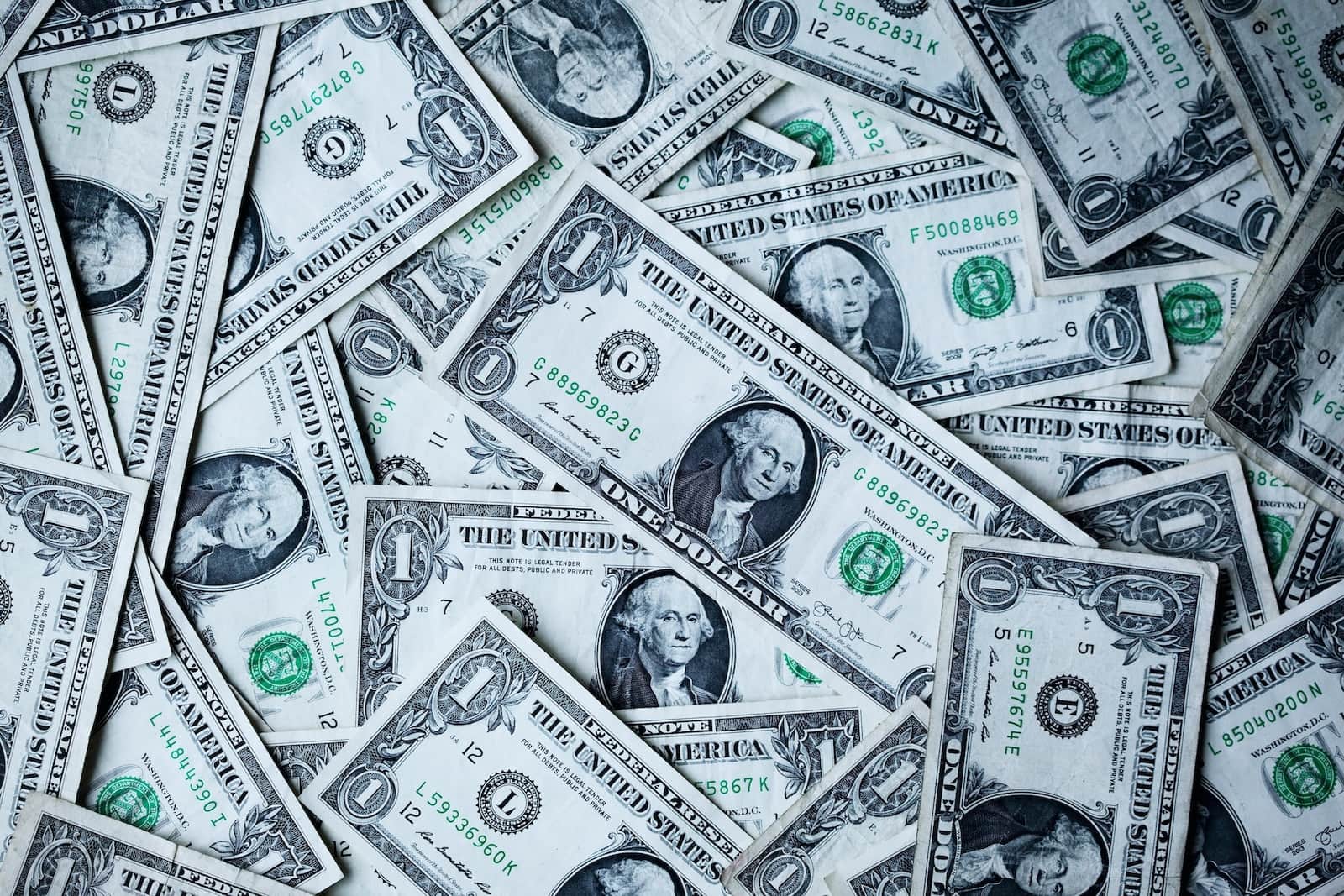The instant payments market is forecast to swell by 161% to surpass $58 trillion globally by 2028, driven by account-to-account (A2A) wallets and Open Banking payments, according to new research.
Juniper Research has made the prediction in its latest report, ‘How Open Banking is Energising P2P Instant Payments’, which values the instant payments market at $22 trillion in 2024.
It expects the “increased popularity” of A2A wallets, such as iDEAL and Twint, along with the “rising popularity” of Open Banking to be behind the significant growth in instant payments globally.
Juniper Research forecasts in its report that the ability to quickly and securely access bank accounts through Open Banking, alongside bank-backed A2A wallets, will increase consumer instant payment transaction volume from 252 billion in 2024, to more than 600 billion by 2028.
It defines instant payments as those where funds are received in 10 seconds or less, and where confirmation of the payment to the parties is available in one minute.
The report identified peer-to-peer transfers, such as splitting payments between friends and family, as one of the main reasons for the popularity of A2A wallets, while both A2A and Open Banking payments reduce costs for merchants by enabling transactions to be made directly from bank accounts – eliminating the need for cards.
However, Juniper Research’s report highlighted the need for greater acceptance among merchants of bank payments at both physical checkouts and in ecommerce transactions, to enable even higher levels of consumer adoption.
Michael Greenwood, a research analyst at Juniper Research and report author, said: “To increase adoption, we recommend that merchants incentivise consumer use by offering purchase discounts when using bank-linked payments.
“By encouraging adoption, merchants will benefit from lower fees for each transaction in comparison to cards.”
Earlier this month, Juniper Research published a report in which it forecast that embedded finance revenue will soar 148%, from $92 billion in 2024, to exceed $228 billion in four years’ time.










